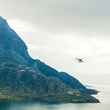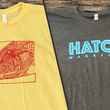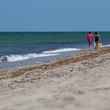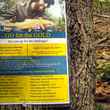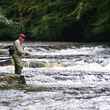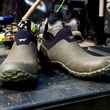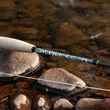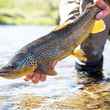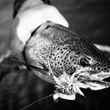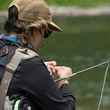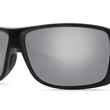In Simple Nymphing: Part 1, I focused on several basic nymph fishing truths and then delved into the easiest and most effective way to set up a nymphing rig. To summarize those truths:
First, you need to present appropriate flies to a trout, or to likely looking water, at the right depth, and without drag or unnatural movement.
Then you need to detect the strike and set the hook before the fish expels your nymph.
That’s nymphing in a nutshell. We can make it far more complicated, of course, but there’s really no reason to add additional levels of complexity unless we’re looking for a challenge or we’re drawn to complexity for its own sake.


